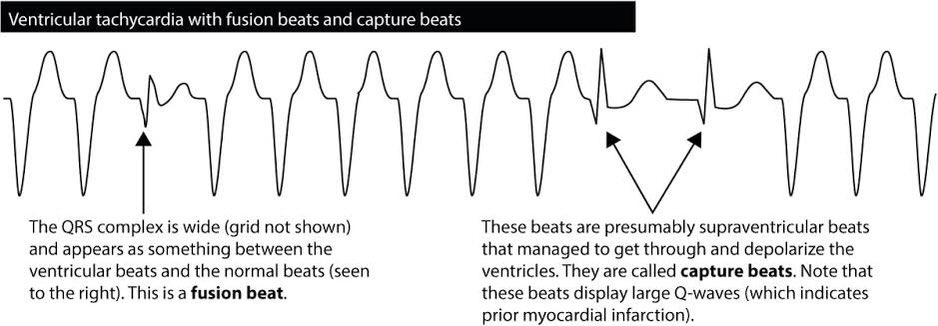Juxta-articular (near joint articulations) punched out erosions on the metatarsals is indicative of GOUT | (Gout = mostly toes)
1/6
#MedTwitter #RheumTwitter #neurotwitter #usmle
1/6
#MedTwitter #RheumTwitter #neurotwitter #usmle

Psuedogout presents with chondrocalcinosis (calcification of cartilages) | (psuedogout = mostly knees)
2/6

2/6


Chronic neuropathic (charcot) arthropathy presents in those with chronic diabetes and peripheral neuropathy.
Common signs on xray are :
1. Hour glass phalanges
2. Sucked candy apperance
3. Subluxation of several foot joints.
3/6

Common signs on xray are :
1. Hour glass phalanges
2. Sucked candy apperance
3. Subluxation of several foot joints.
3/6


Presentation includes inflammatory changes (edema,warmth)
🔺Acute stage -> only inflammatory changes and no xray changes.
🔺Subacute stage -> both inflammatory and xray changes positive.
4/6
🔺Acute stage -> only inflammatory changes and no xray changes.
🔺Subacute stage -> both inflammatory and xray changes positive.
4/6
The first line management for acute and subacute neuropathic arthropathy is with “Leg casting to reduce weight bearing”
Nsaids + steroids help for inflammation but the “long-term goal is to prevent further microtraumas and bone resorption.
5/6
researchgate.net/publication/25…
Nsaids + steroids help for inflammation but the “long-term goal is to prevent further microtraumas and bone resorption.
5/6
researchgate.net/publication/25…

Chronic neuropathic arthropathy (marked by hypertrophic repair and reduced inflammation) is not managed by casting leg , instead it is treated with :
“Foot orthotics, Surgery and Infection prevention/treatment.”
6/6
Thanks
“Foot orthotics, Surgery and Infection prevention/treatment.”
6/6
Thanks
• • •
Missing some Tweet in this thread? You can try to
force a refresh















